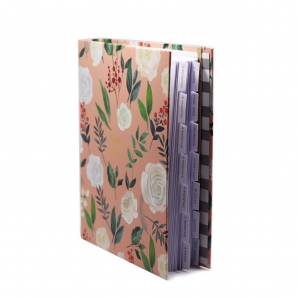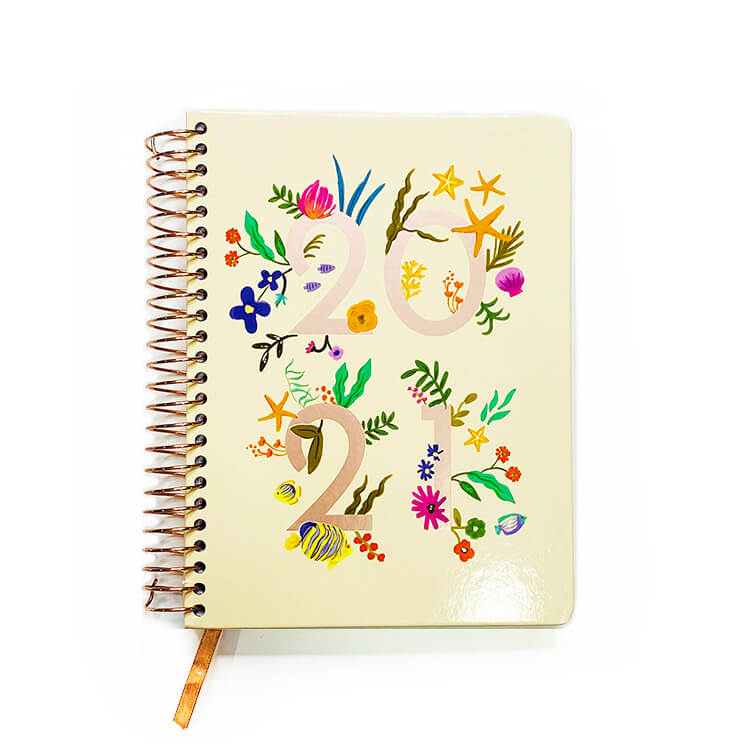How to Confirm the Printing File Before Printing the Mass Product
 Jul 25,2024
Jul 25,2024

 SESE
SESE





 Home
Home Types of Photo Book Printing and How to Choose?
Types of Photo Book Printing and How to Choose?  You May Also Like
You May Also Like




 Tel
Tel
 Email
Email
 Address
Address







